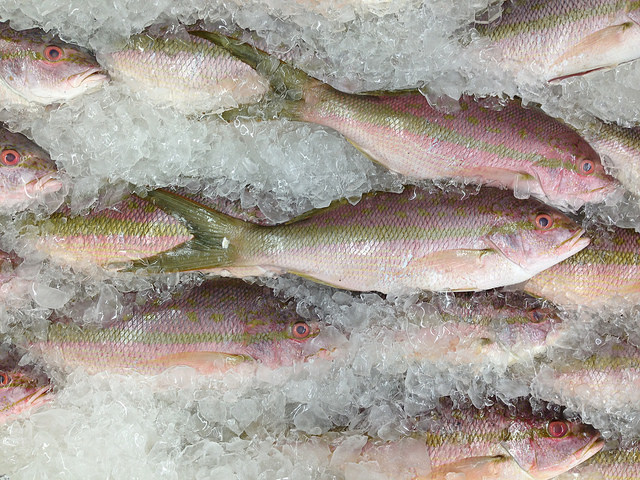October is National Seafood Month, which makes it a great time to highlight this unique section of the Sunshine State’s agricultural endeavors: Florida seafood. Few states can boast as many agrarian endeavors as Florida can. According to data compiled by the Florida Department of Agriculture and Consumer Services (FDACS), Florida is first in produce like oranges and grapefruit, fresh beans and tomatoes, sweet corn and much more; second in strawberries, vegetables, and greenhouse and nursery products and 12th in cattle. For produce from the sea, Florida ranks seventh in the nation.
Few states are as lucky as Florida to have access to the amount of seafood Floridians enjoy. Second in line for the most coastlines behind Alaska, Florida seafood can come from the Atlantic or Gulf of Mexico for a diverse bounty. In 2012, Florida was the seventh largest exporter of agricultural goods, with fish and crustaceans listed as the fifth top-grossing goods in the state’s $4 billion in ag exports. Popular products from Floridian waters enjoyed in-state and out include grouper, snapper, oysters, spiny lobster and stone crab.
It is recommended that most people eat at least two servings of fish or seafood a week. A Florida Sea Grant survey found that while Floridians eat at least twice as much fish and seafood—approximately 31 pounds over a year—as the average American, neither group is eating enough. Fish and seafood are rich in Omega 3s which promote heart and brain health. Many believe there is still a backlash against Florida seafood due to the Deepwater Horizon Oil Spill in 2010, but repeated studies by UF/IFAS and others have shown that the Gulf’s seafood is safe to eat.
Trying something caught from off Florida’s banks tonight will be a trifecta, benefiting your health, local seafood producers and communities and Florida agriculture. Try the Seafood at Your Fingertips app from Florida Sea Grant for seafood selection and preparation tips, seafood facts, and more.



